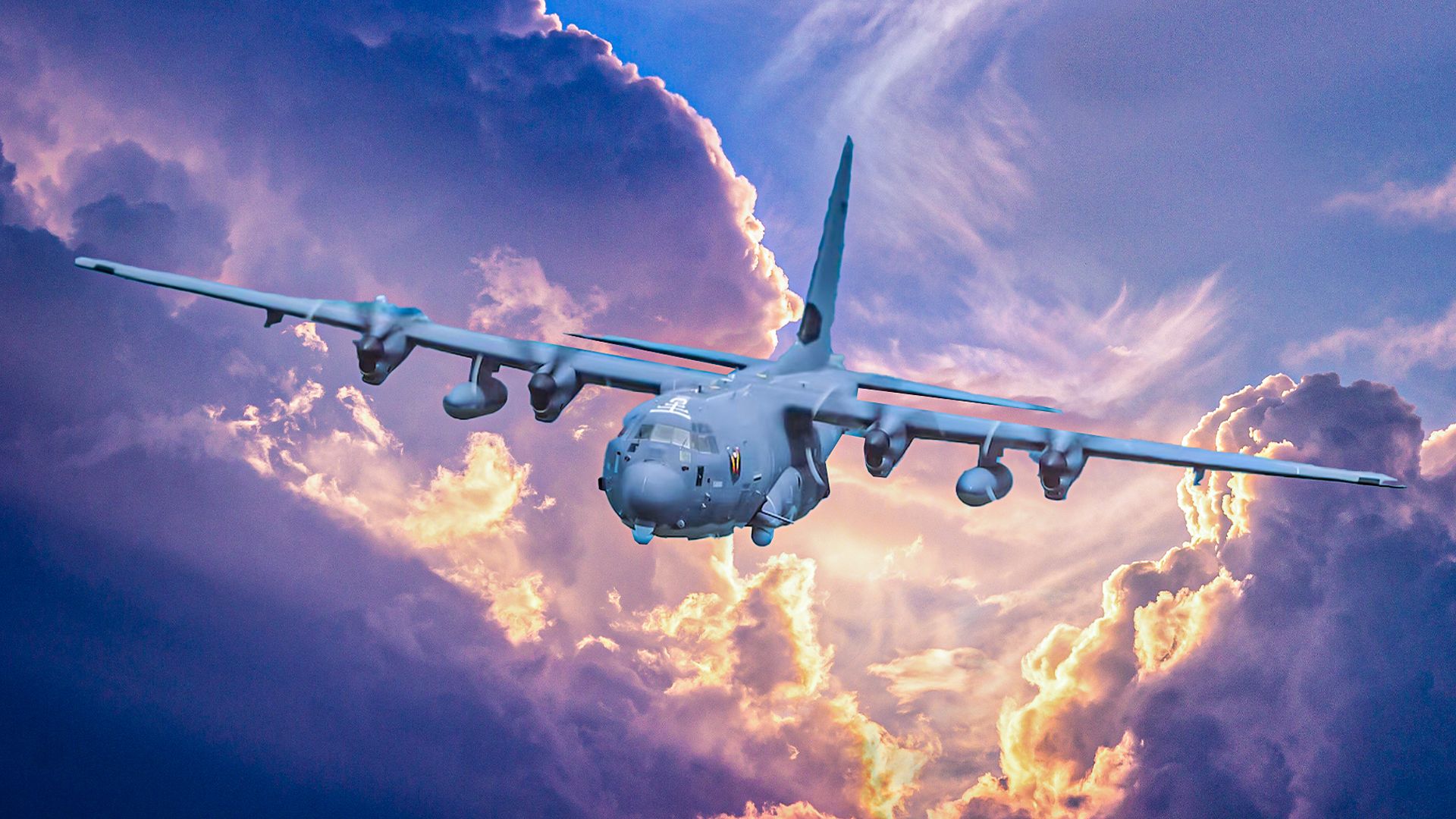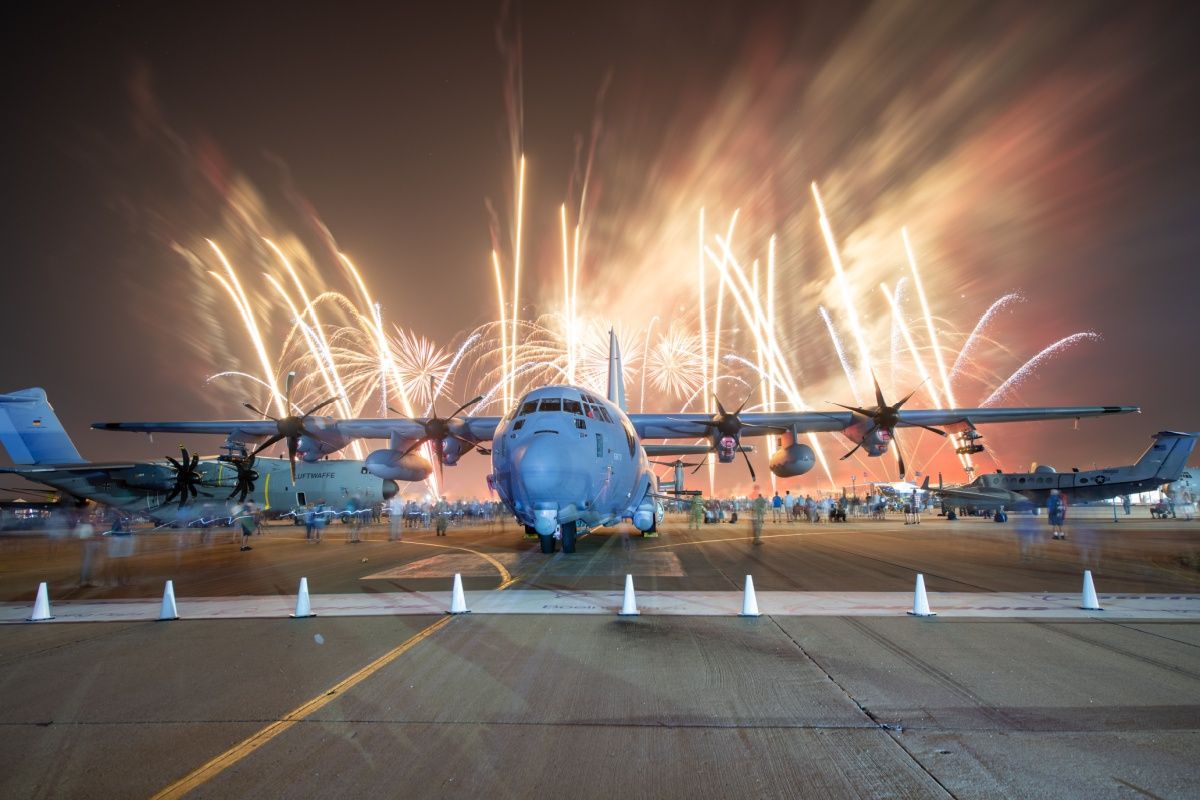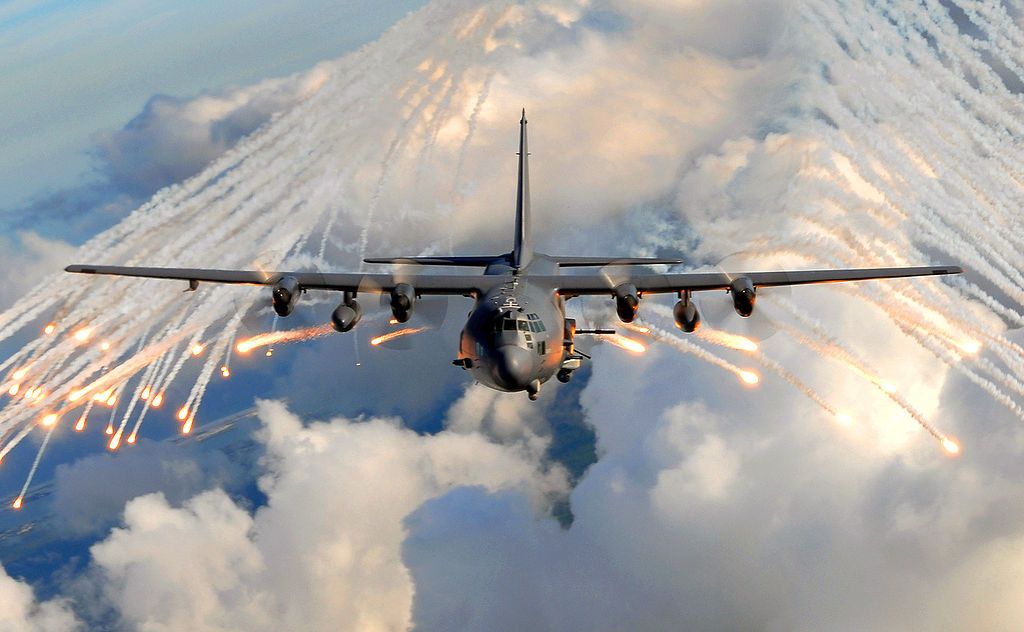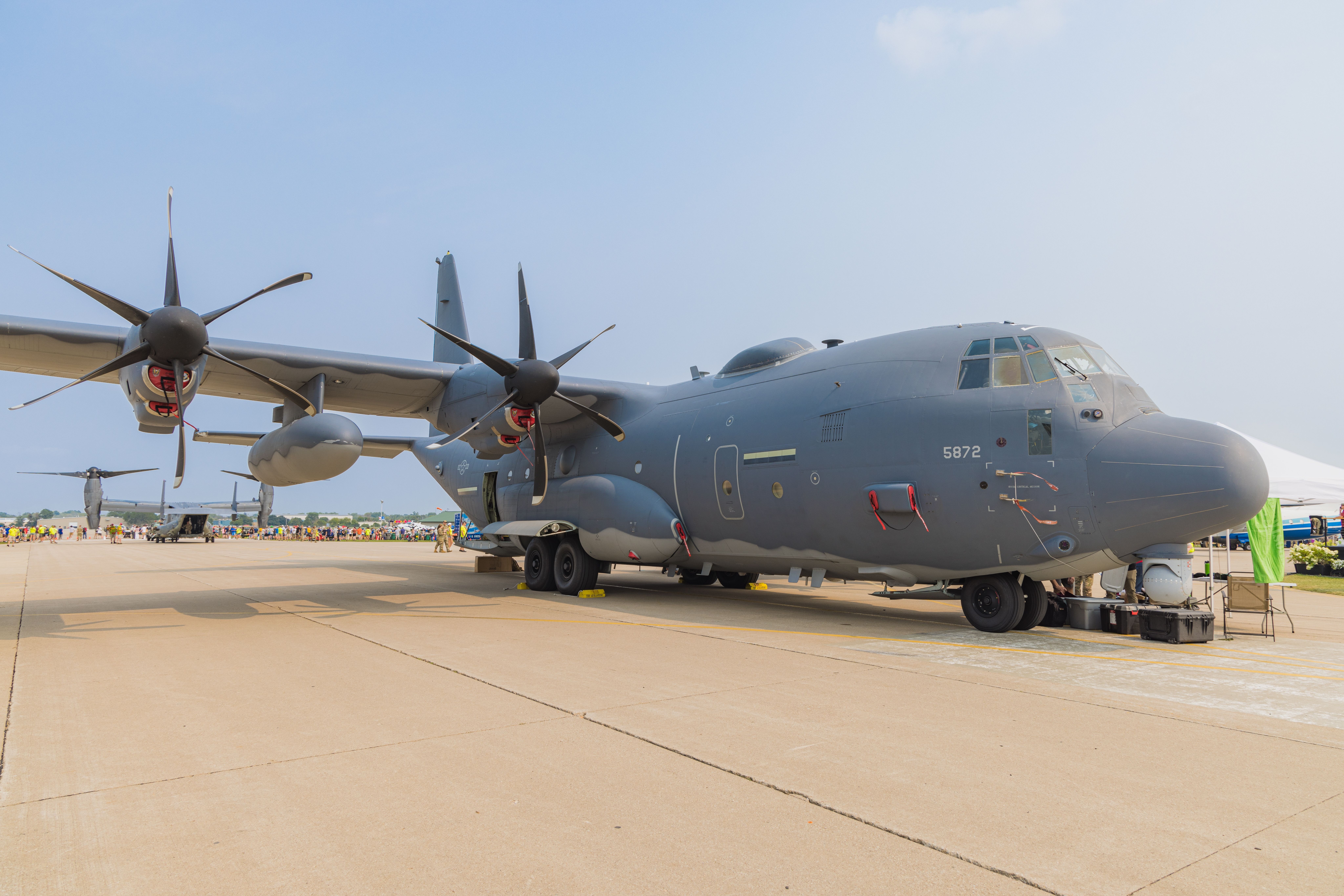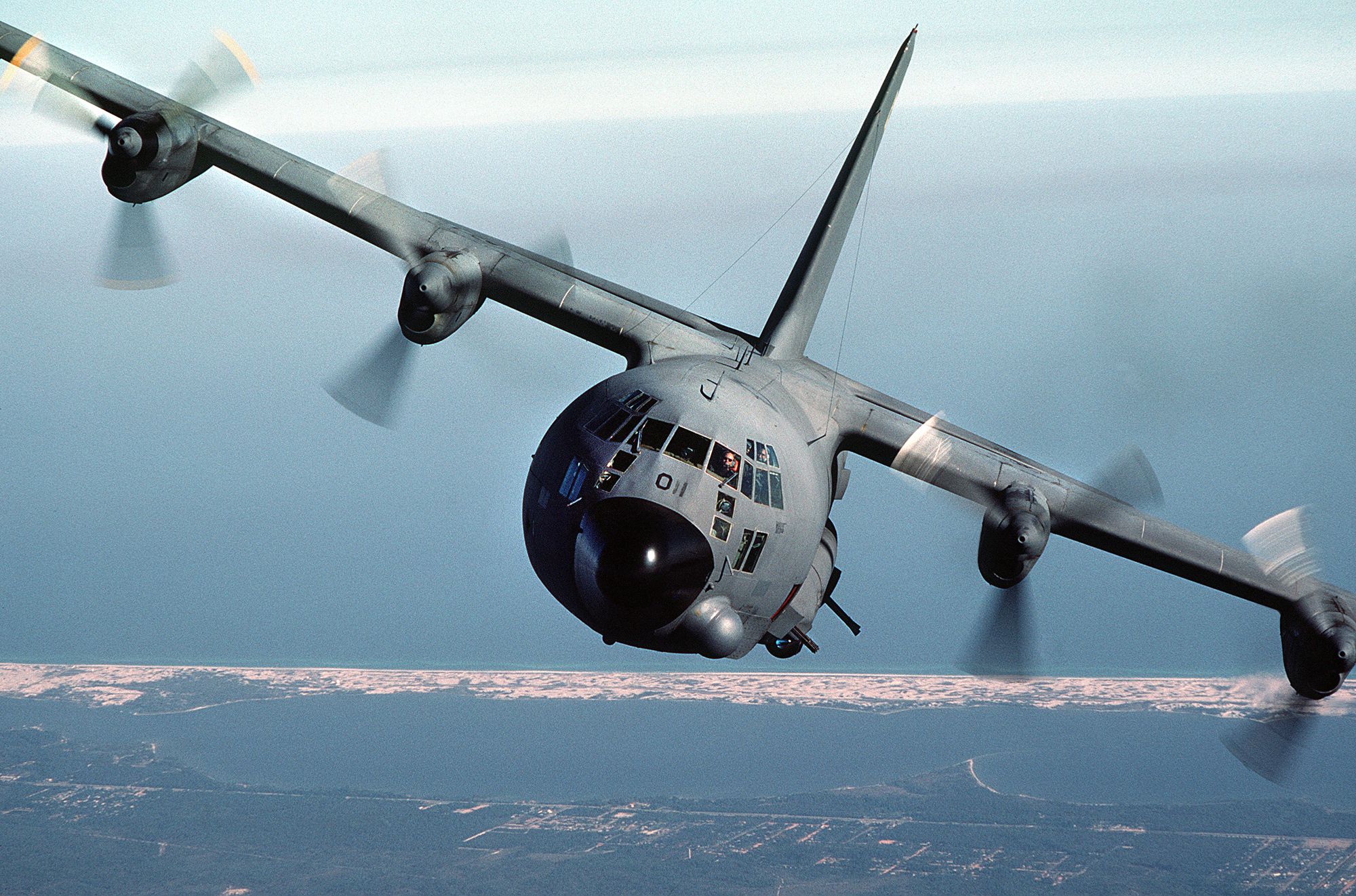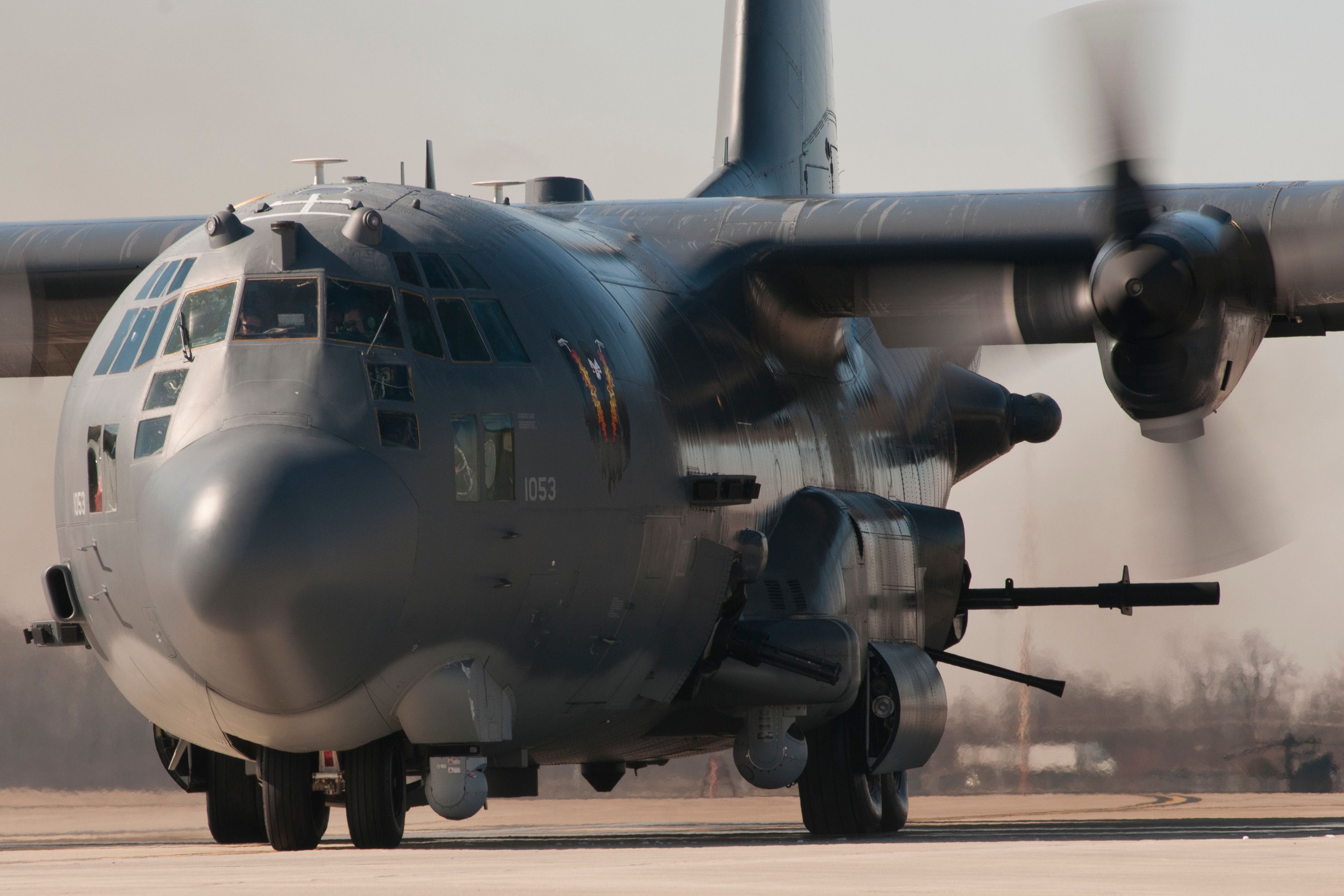Summary
- AC-130J Ghostrider boasts impressive firepower, can carry 42,000 lbs, and has a PSP.
- The Ghostrider’s armaments include a 30mm GAU-23 gun, 105mm cannon, missiles, and bombs.
- The Ghostrider’s combat history is illustrious, having aided in various missions around the world.
The AC-130J Ghostrider is an impressive gunship capable of bringing awesome amounts of firepower to bear. A number of epithets and superlatives are used to describe the Ghostrider, including “badass” and “the most heavily-armed gunship in history.” The AC-130J Ghostrider is the latest iteration of the AC-130 gunship family built on the C-130 Hercules transport aircraft to replace the Air Force’s aging fleet of AC-130U/W gunships. The firepower of the AC-130J Ghostrider was recently on display during military exercises in South Korea.
AC-130J Ghostrider’s guns
The process of upgrading the gunship fleet to the AC-130J variant began in 2013, with the first AC-130Js coming into service in 2017. The last AC-130U Spooky gunships were retired in 2020, and the last AC-130W Stinger II was retired in 2022 – leaving the AC-130J Ghostrider as the only variant in service. The Ghostrider can carry payloads of 42,000 lbs and has a maximum take-off weight of 164,000 lbs.
Photo: Keith Homan l Shutterstock
Armaments include a 30mm GAU-23 automatic side-firing chain gun, a 105mm cannon, wing-mounted GBU-38 small-diameter bombs, and AGM176 Griffin laser-guided missiles. The aircraft can also launch internally mounted missiles through the rear cargo door. According to the Air Force Times, the Ghostrider carries 80 105mm rounds and can fire 10 rounds a minute.
The GAU-23 autocannon is a derivative of the popular 30mm Mk44 Bushmaster II (which is, in turn, a derivative of the 25mm M242 Bushmaster). The Bushmaster is among the most popular American autocannons and is found on many weapons systems (including on allies’ weapon systems). It is found on many types of armored vehicles (like the Swedish CV90) and naval vessels (including Littoral Combat Ships, San Antonio-class transport ships, and the Zumwalt-class destroyers). The Mk44 Bushmaster II is even intended to be used on the Coast Guard’s icebreaker Polar Security Cutter program.
AC-130J Ghostrider weapons:
- 1x 30mm GAU-23 autocannon
- 1x 105mm M102 howitzer
- Gunslinger weapons – AGM-176 Giffin missiles/GBU-44/B Viper Strike munitions
- Wing-mounted Hellfire/Small Diameter Bombs
The Ghostrider’s guns are mounted to the port side of the fuselage. When it is performing an attack, the Ghostrider conducts a pylon turn, where it flies in a large circle around the target. This enables the AC-130 to concentrate fire for much longer than a conventional strafing attack.
While the Ghostrider may be vulnerable to enemy air defense, it is not helpless. It has an AN/ALR-56M radar warning receiver, AN/AAR-47 missile warning system, and AN/ALE-47 countermeasures. The Ghostrider has lightweight composite armor to protect crew locations, oxygen supply areas, and other features to increase survivability (such as redundant systems). It is powered by four Rolls-Royce AE 2100D3 engines.
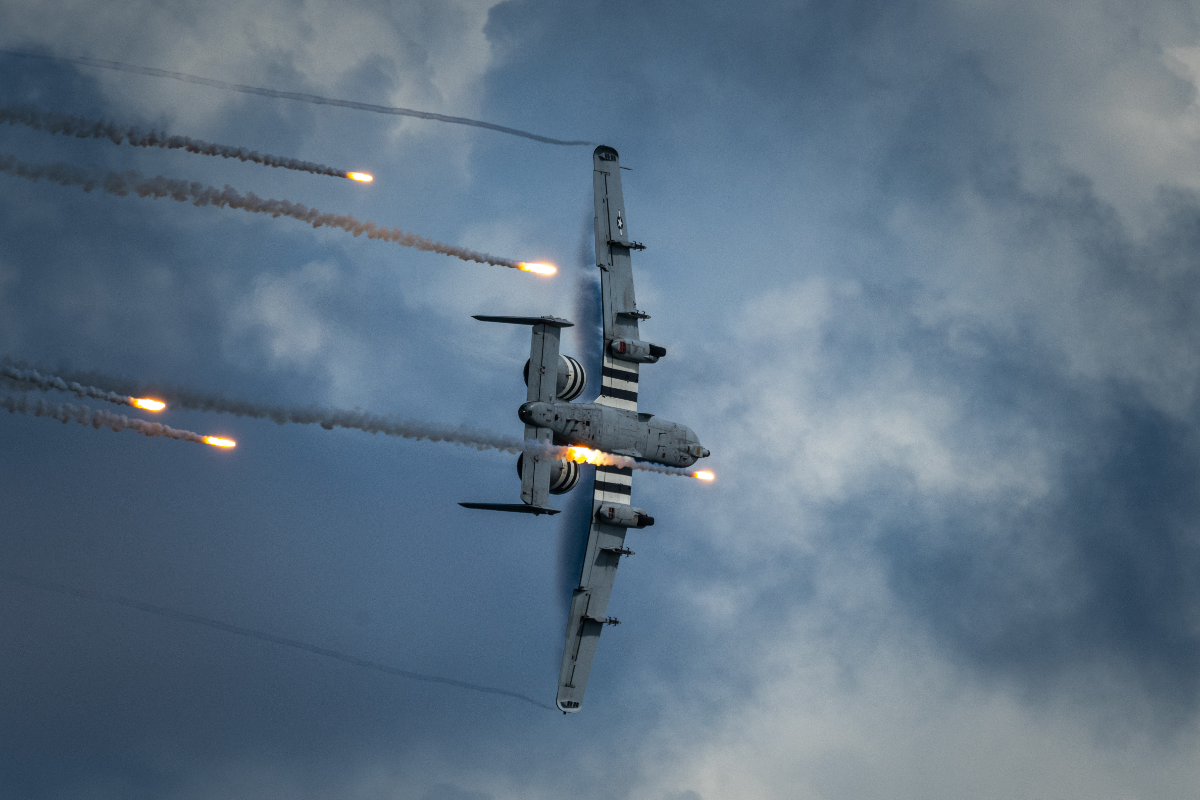
Related
Exclusive: A-10 Warthog Gun Is “Incredibly Reliable” Says Maintenance Crew Chief
As the A-10 approaches retirement, Simple Flying asked a maintenance crew chief what it takes to maintain it.
An impressive combat history
The AC-130 gunship was developed during the Vietnam War to provide massed and concentrated fire for in ground support. North Vietnamese troops would hide in the jungle, and it would be difficult for regular aircraft to target as they assaulted US and allied positions.
Photo: Wirestock Creators | Shutterstock.com
|
History of the AC-130 |
|
|---|---|
|
First flight: |
1967 |
|
Variants: |
AC-130A (1968), AC-130H (1969), AC-130U (1995), AC-130W (2012), AC-130J (2017) |
|
First combat loss: |
May 1969 to 37mm AA fire |
|
Last combat loss: |
January 1991 to Iraqi MANPAD |
|
Planned retirement: |
unknown |
The Air Force claims the gunships destroyed over 10,000 trucks in Vietnam and conducted many life-saving and close air support missions for US and allied forces. Since then, the AC-130s have been constantly deployed to hotspots around the world in support of both special operations and conventional forces.
The AC-130J Ghostrider continues this heritage. It is the fifth-generation gunship and has carried out combat missions in Iraq. In November 2023, it was reported that theAC-130J had been used in retaliation for attacks against American bases in Iraq.

Related
How Does the C-130 Hercules Adapt To Various US Military Mission Types?
We’ve previously discussed the versatility of the C-130. Now we discuss *how* it adapts and demonstrates its versatility so readily.
Future of the Ghostrider: the Air Force’s last attack aircraft
The acquisition of the new AC-130J Ghostrider means that the US Air Force will be operating dedicated attack aircraft for years to come (although in historically low numbers). The Air Force’s other attack aircraft, the A-10 Warthog, is progressively retired and expected to disappear from the Air Force in 2029.
|
AC-130J Ghostrider by the numbers |
|
|---|---|
|
Number in service: |
37 (2024) |
|
Max speed: |
414 mph |
|
Service ceiling: |
39,000 feet |
|
Wingspan: |
132 feet 7 inches |
|
Length: |
97 feet 9 inches |
|
Max take-off weight: |
155,000 lbs |
After the retirement of the A-10, the AC-130 gunship will be the Air Force’s sole dedicated attack aircraft (discounting the A-29 Super Tucano and OA-1K Sky Warden). The Air Force’s fleet of 37 AC-130J Ghostriders, purchased for the Air Force Special Operations Command (at a cost of $2.4 billion), will continue to support US and Allied troops as they come under fire.
However, as impressive and formidable as the Ghostrider is, there are questions about how survivable it would be in a high-threat environment against a peer adversary with potent air defense. Making matters worse, its large profile and low (7,000 feet) operating altitude make it an easy target (six were shot down in Vietnam, mostly to 37mm and 57mm AA fire).
Photo: United States Air Force
To help reduce the risk, its close air support missions are normally flown at night. Regardless, the aircraft has long proved its worth in low-threat environments in Afghanistan, Iraq, and other hotspots, and the gunship will continue to fulfill a valuable role in the US Air Force.
